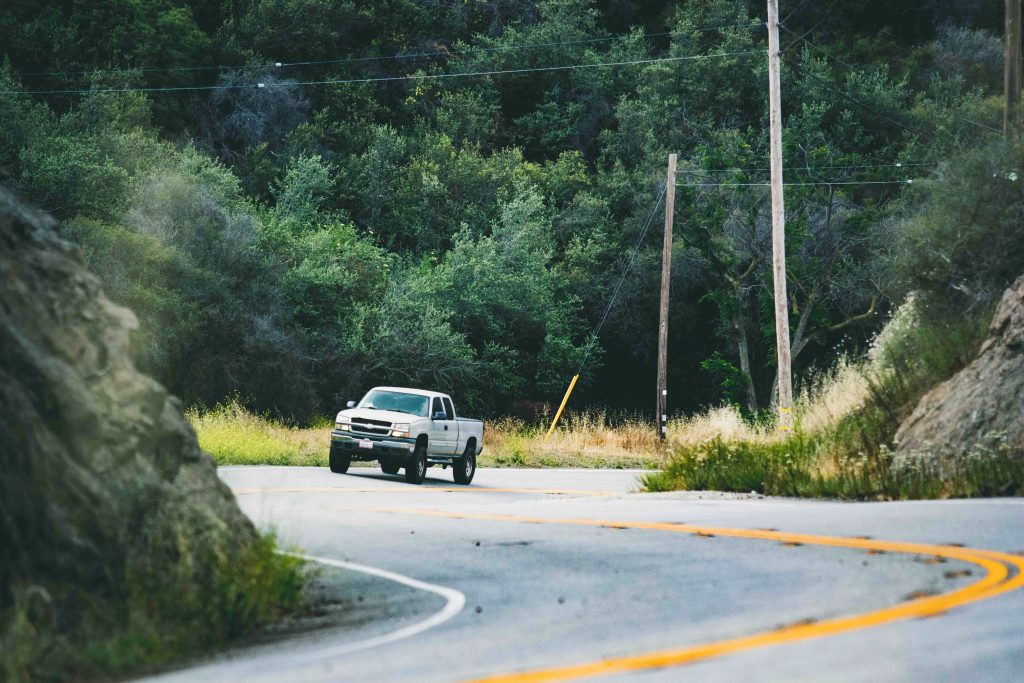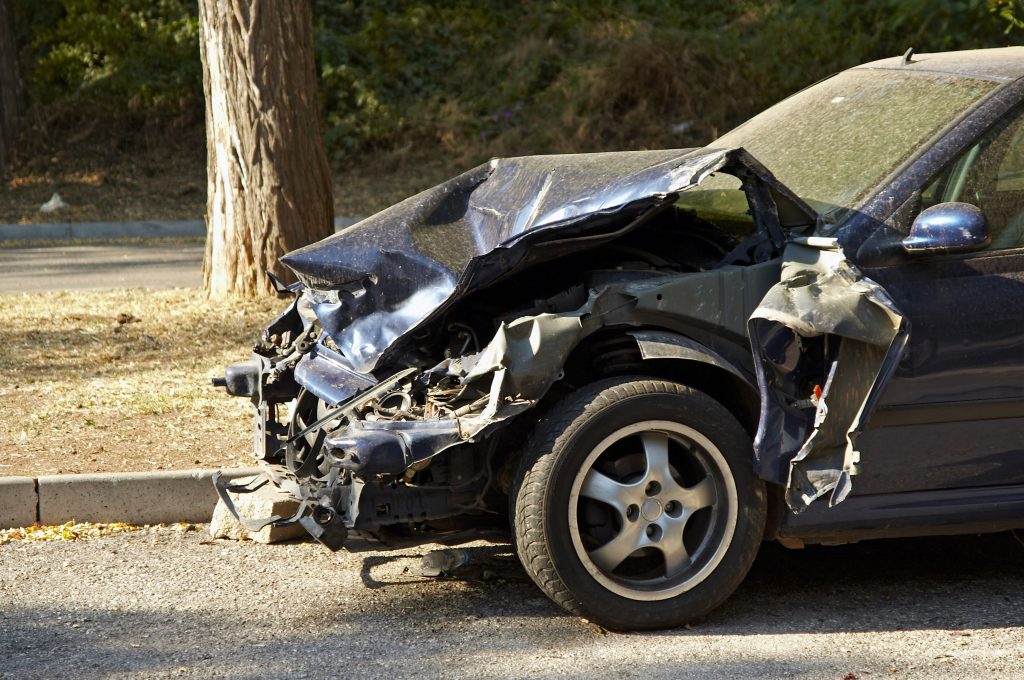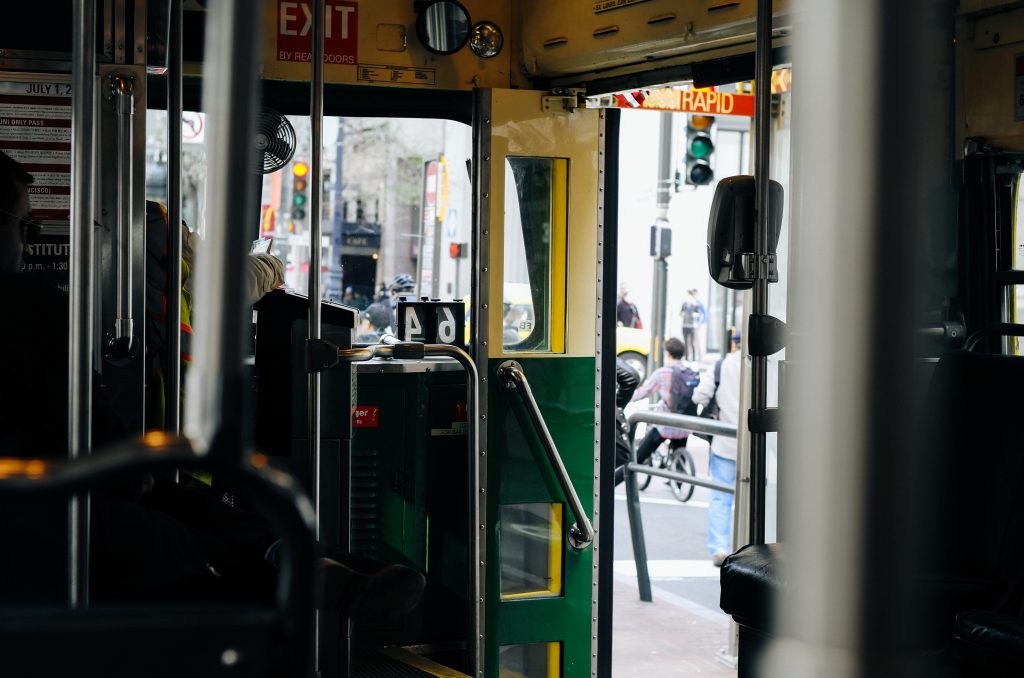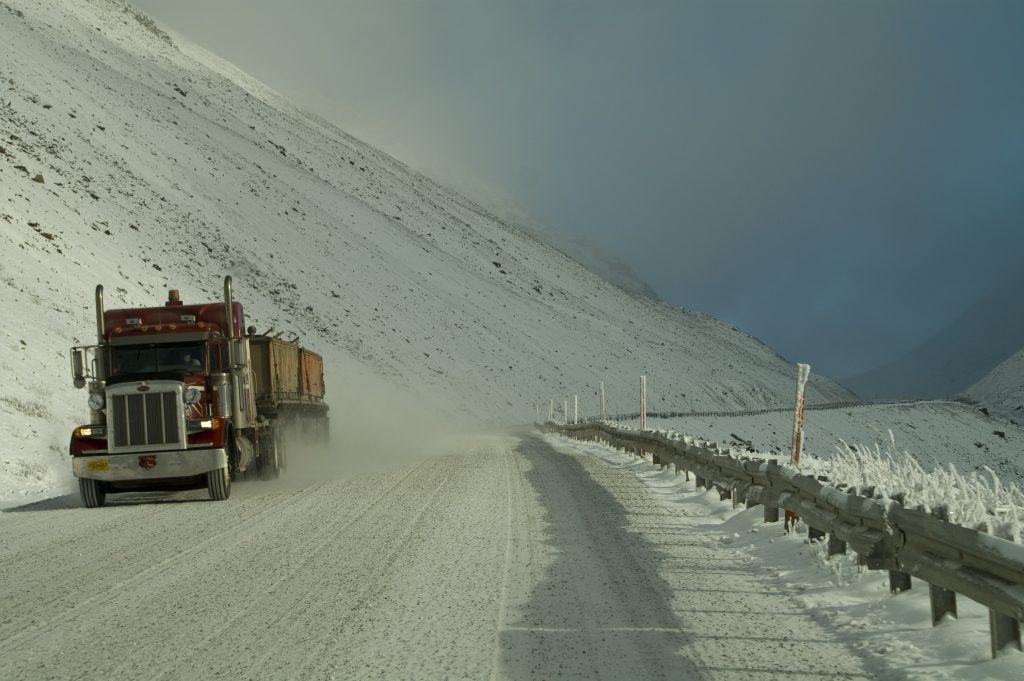 Imagine you are driving home from work and you collide with another vehicle. Would your employer be liable for the damages? For most commuters, the employer is not accountable for any accidents that occur on the way to or from the place of work and the employee’s residence. But in certain cases, such as where an employee is traveling with a specific business purpose under the direction of the employer, the employer may be on the hook under a theory known as vicarious liability. Effectively, vicarious liability holds an employer liable for an employee’s negligence when the employee is acting within the scope of the employer’s business. La. C.C. art. 2320.
Imagine you are driving home from work and you collide with another vehicle. Would your employer be liable for the damages? For most commuters, the employer is not accountable for any accidents that occur on the way to or from the place of work and the employee’s residence. But in certain cases, such as where an employee is traveling with a specific business purpose under the direction of the employer, the employer may be on the hook under a theory known as vicarious liability. Effectively, vicarious liability holds an employer liable for an employee’s negligence when the employee is acting within the scope of the employer’s business. La. C.C. art. 2320.
On December 20, 2009, James Richards was traveling from Texas to his home in Florida along Interstate 10. In Bienville Parish, Louisiana, Richards collided with a van, causing the death of the driver and severe, paralyzing injuries to the passenger, Ricky Winzer. In 2010, Winzer filed a lawsuit against Richards and Richards’s employer, Certified Constructors’ Service, Inc. (“CCSI”). Winzer alleged that Richards was acting in the course and scope of his employment at the time of the accident, making CCSI liable through the doctrine of vicarious liability. CCSI filed a motion for summary judgment, arguing that Richards was not employed at the time of the accident and therefore CCSI could not be liable for his negligence. The trial court, after an evidentiary hearing in which depositions, interrogatories, and payroll documents were submitted, granted CCSI’s motion. Winzer appealed to Louisiana’s Second Circuit Court of Appeal.
Upon review, the Court reiterated the general rule under Louisiana jurisprudence that an employer is not liable for an employee’s negligence when they are driving to and from work unless the employer provides the transportation, pays expenses or wages for the time spent traveling, or has assigned the employee a specific task to perform for the employer. See Woolard v. Atkinson, 988 So. 2d 836 (La. Ct. App. 2008). To determine if the employee’s actions fall within one of the above exceptions, courts must examine the following factors: the employer’s power of control; the employee’s duty to perform the act in question; the time, place, and purpose of the act in relation to the employment; the relationship between the employee’s act and the employer’s business; the benefits received by the employer from the act; the employee’s motivation for performing the act; and the employer’s reasonable expectation that the employee would perform the act. See Orgeron v. McDonald, 639 So. 2d 224 (La. 1994).
 Louisiana Personal Injury Lawyer Blog
Louisiana Personal Injury Lawyer Blog


 Most Louisiana residents understand the liability they may incur if they do not properly fence a backyard pool. But what about other, less obvious drowning hazards, such as a church’s baptismal pool? Who is held accountable for the failure to protect children from falling in? Typically, a church is part of a diocese and must meet the general guidelines established by the diocese in order to maintain its affiliation. For instance, the First Assembly Church of God (“First Assembly”) in Ruston, Louisiana is affiliated with the Louisiana District Council of the Assemblies of God (the “DC”) and the General Council of the Assemblies of God (the “GC”). After a tragic accident involving the toddler of a First Assembly family, Louisiana’s Second Circuit Court of Appeal was called upon to determine whether the DC and the GC had sufficient control over First Assembly to be liable for the church’s negligence.
Most Louisiana residents understand the liability they may incur if they do not properly fence a backyard pool. But what about other, less obvious drowning hazards, such as a church’s baptismal pool? Who is held accountable for the failure to protect children from falling in? Typically, a church is part of a diocese and must meet the general guidelines established by the diocese in order to maintain its affiliation. For instance, the First Assembly Church of God (“First Assembly”) in Ruston, Louisiana is affiliated with the Louisiana District Council of the Assemblies of God (the “DC”) and the General Council of the Assemblies of God (the “GC”). After a tragic accident involving the toddler of a First Assembly family, Louisiana’s Second Circuit Court of Appeal was called upon to determine whether the DC and the GC had sufficient control over First Assembly to be liable for the church’s negligence. Litigation between family members can be uncomfortable for everyone involved. But what happens when a plaintiff sues a relative, then passes away, and the relative then becomes the plaintiff? Louisiana’s Second Circuit Court of Appeal recently addressed this unusual situation in a case involving a vicious dog attack.
Litigation between family members can be uncomfortable for everyone involved. But what happens when a plaintiff sues a relative, then passes away, and the relative then becomes the plaintiff? Louisiana’s Second Circuit Court of Appeal recently addressed this unusual situation in a case involving a vicious dog attack. It is all too easy to forget just how dangerous driving can be. In addition to human factors such as sleepiness, being distracted, and stress, there is also the unpredictability of the road. Uncontrollable circumstances such as the weather or wild animals that dart into traffic can turn a regular commute into a devastating experience. But who is to blame when something unforeseeable, such as a force of nature, causes a highway catastrophe? This issue was addressed after a multi-vehicle accident on Interstate 10 near the Michael Boulevard exit in New Orleans on December 29, 2011.
It is all too easy to forget just how dangerous driving can be. In addition to human factors such as sleepiness, being distracted, and stress, there is also the unpredictability of the road. Uncontrollable circumstances such as the weather or wild animals that dart into traffic can turn a regular commute into a devastating experience. But who is to blame when something unforeseeable, such as a force of nature, causes a highway catastrophe? This issue was addressed after a multi-vehicle accident on Interstate 10 near the Michael Boulevard exit in New Orleans on December 29, 2011.  After an injury, it is natural to feel entitled to physical, mental, and financial recovery. Unfortunately, the road to recovery can be full of detours and roadblocks. Without the help of a good lawyer, it can be difficult, and perhaps impossible, to understand and adhere to the many rules of the legal system. What seems like an unfair technicality could be the result of an easily avoidable mistake.
After an injury, it is natural to feel entitled to physical, mental, and financial recovery. Unfortunately, the road to recovery can be full of detours and roadblocks. Without the help of a good lawyer, it can be difficult, and perhaps impossible, to understand and adhere to the many rules of the legal system. What seems like an unfair technicality could be the result of an easily avoidable mistake.  It is one thing to own land, but it is another thing to know what rights come with that ownership. Without the help of a good lawyer, a misunderstanding of property rights could put you in court for trespassing–or worse. For instance, it might be important to understand if installing a pipeline on land protected by conservation restrictions is allowed. This issue was addressed in 2016 when some land in Iberville Parish because of the subject of a dispute between two companies.
It is one thing to own land, but it is another thing to know what rights come with that ownership. Without the help of a good lawyer, a misunderstanding of property rights could put you in court for trespassing–or worse. For instance, it might be important to understand if installing a pipeline on land protected by conservation restrictions is allowed. This issue was addressed in 2016 when some land in Iberville Parish because of the subject of a dispute between two companies.  A non-compete clause is a common feature in many employment agreements in Louisiana. The clause is a way for an employer to restrict an employee from going to work for a competitor and thus potentially harming the original employer. Most non-compete clauses, in order to be enforceable, must contain some limitation as to time and geographical location.
A non-compete clause is a common feature in many employment agreements in Louisiana. The clause is a way for an employer to restrict an employee from going to work for a competitor and thus potentially harming the original employer. Most non-compete clauses, in order to be enforceable, must contain some limitation as to time and geographical location. The viewing of a dead body can be traumatic for many people. If that viewing is caused by the negligence of another an excellent attorney may help you secure compensation for the emotional anguish experienced from that event. Shortly after midnight on February 4, 2011, Ronnie Rodd Davis was operating a tractor-trailer, owned by Superior Carriers, on eastbound Interstate 10 near the Atchafalaya Basin Bridge in Baton Rouge. Mr. Davis noticed that a collision had recently occurred in front of him and was able to stop before joining the other cars in the collision. Due to the abrupt stop to avoid the collision Mr. Davis’ tractor-trailer was rear-ended by another tractor-trailer operated by John V. Scott, and owned by Service Transport Company. The collision caused Mr. Davis’ tractor-trailer to move forward and strike a Ford F-150 pickup truck that was involved in the initial collision. Mr. Davis exited his tractor-trailer and upon exiting saw the deceased driver of that Ford F-150, Jonas T. Richmond, under or near Mr. Davis’ trailer axle.
The viewing of a dead body can be traumatic for many people. If that viewing is caused by the negligence of another an excellent attorney may help you secure compensation for the emotional anguish experienced from that event. Shortly after midnight on February 4, 2011, Ronnie Rodd Davis was operating a tractor-trailer, owned by Superior Carriers, on eastbound Interstate 10 near the Atchafalaya Basin Bridge in Baton Rouge. Mr. Davis noticed that a collision had recently occurred in front of him and was able to stop before joining the other cars in the collision. Due to the abrupt stop to avoid the collision Mr. Davis’ tractor-trailer was rear-ended by another tractor-trailer operated by John V. Scott, and owned by Service Transport Company. The collision caused Mr. Davis’ tractor-trailer to move forward and strike a Ford F-150 pickup truck that was involved in the initial collision. Mr. Davis exited his tractor-trailer and upon exiting saw the deceased driver of that Ford F-150, Jonas T. Richmond, under or near Mr. Davis’ trailer axle. People seek assistance from the courts for a number of reasons. Some may demand a monetary payment after suffering a loss due to another’s wrongful conduct. Others may aim to
People seek assistance from the courts for a number of reasons. Some may demand a monetary payment after suffering a loss due to another’s wrongful conduct. Others may aim to  Accidents involving children are difficult for everyone involved. When the accident results in extensive, life-changing injuries, the situation becomes even more tragic and often results in multiple lawsuits. A person cannot recover damages unless he or she has a recognized claim to do so under law. This concept is known as “standing.” Calvernia Reed, maternal aunt to an injured minor child, Geneva Marie Fils, got a glimpse into how strictly Louisiana courts construe that standing requirement.
Accidents involving children are difficult for everyone involved. When the accident results in extensive, life-changing injuries, the situation becomes even more tragic and often results in multiple lawsuits. A person cannot recover damages unless he or she has a recognized claim to do so under law. This concept is known as “standing.” Calvernia Reed, maternal aunt to an injured minor child, Geneva Marie Fils, got a glimpse into how strictly Louisiana courts construe that standing requirement.